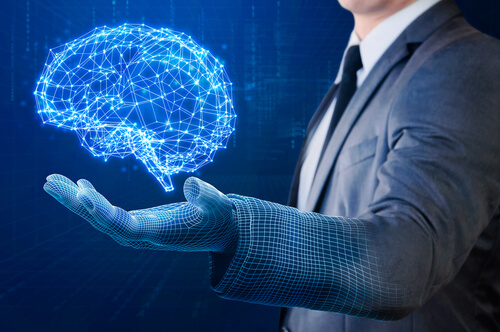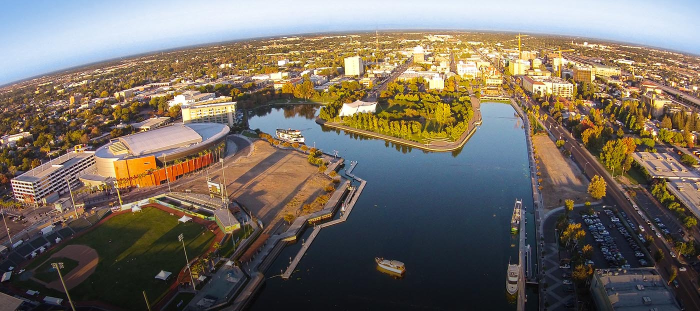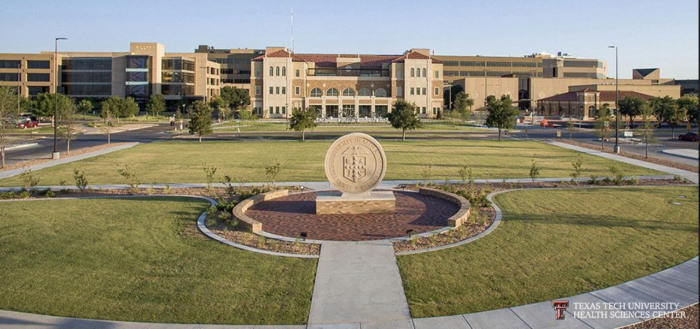 Back in 2010, the Obama Administration compiled and published a broad-based collection of education initiatives. Many of these initiatives received substantive media fanfare while other parts of the education reform process were simply put in motion.
Back in 2010, the Obama Administration compiled and published a broad-based collection of education initiatives. Many of these initiatives received substantive media fanfare while other parts of the education reform process were simply put in motion.
More specifically, the reform of the No Child Left Behind (NCLB) generated immense press from the NY Times to the NEA to PBS to name a few. In short, the Obama Administration created ESEA (Elementary and Secondary Education Act) to address gaps in the NCLB and create a higher set of standards while closing the achievement gap.
The next most talked about initiative in this suite of educational reforms was the Race to the Top. The Race to the Top was created to catalyze systemic reform to improve the teaching to learning continuum. This piece of legislation created millions upon millions of conversations from Capitol Hill to backyard barbeques in short order.
The piece of legislation to come out of the 2010 reform for the future push that impacted my community the most was the push to fortify STEM education. In the greater Seattle area, there are dozens upon dozens of technology companies and bio-tech companies. From large stalwarts like Microsoft, Expedia, and Amazon to Juno Therapeutics, Cray Computing, and CH2M Hill the demand for science, technology, engineering, and math professionals is quite evident.
The push for greater STEM (Science, Technology, Engineering, and Math) proficiency has been rooted in a few key components:
Help move America’s students to the top of the pack
Learning deeply and thinking critically about math and science
Expanding programs to encompass students from all backgrounds
Build valuable partnerships between schools and businesses
Retaining exceptional teachers with mastery of STEM concepts
Emphasis on undergraduate STEM teaching and programs
From this initial edict, local government officials began working to strengthening and embolden the STEM teaching in the state. In 2012, the Nikola Tesla STEM High School was constructed and opened in 2013 on a 21-acre campus in our community. As the first STEM school in the school district, there was a buzz about the possibilities and great things to come for the students, teachers, and employers alike.
The Nikola Tesla STEM High School focuses on scientific inquiry, problem-based learning, and constructivist learning through science, technology, engineering and math disciplines. The classes for students range from forensics to biomedical engineering to sustainable design to robotics.
The STEM model has been replicated elsewhere but seeing the impact on this community has been heartening. Students not only learned about advanced concepts but were challenged to apply this knowledge to create. The hands-on learning projects lead to a liquid-fueled rocket, electric-car conversion, and a blind-spot check system to name a few from last year.
In fact, the Future of Education Technology Conference (FETC) recognized our STEM school as one of three exemplar programs in the United States at a national conference earlier this year.
In short, the legislation that was enacted in Washington DC by the Obama Administration has markedly and substantially impacted the quality of education and teaching pedagogy on my community 2,771 miles away. A focus on improving and enhancing STEM education is having real results and more exciting changes are still yet to come!



